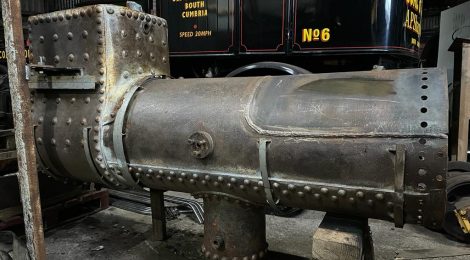
T&I News 1 2023…
Welcome to the first blog post of 2023, and we wish all blog readers a happy and peaceful 2023.
We pick up where we left off, with work on the Steam Winder, Gateshead 10, Kerr Stuart 721 and NER 559 to report.
J & G Joicey Winding Engine
Don Cook, Engineering Supervisor, continues his mechanical exploration of the winding engine, as parts are overhauled or repaired in readiness for a resumption of operation in April.
Below: This view shows one of the winder’s new steam chest drain taps (if you recall in the previous post, accumulated water that was unable to drain or evaporate as steam, had frozen with the engine out of use). Dave Young made the handle for the fitting, and Don will arrange for a linkage to pass up through the floor to the driving position where it can be operated from (as these parts are located below floor level).
Below: One of the valve rod ends displayed excessive (almost floppy) wear – so the rod has been tidied up with a new end, able to fit the clevis’ oversized female fitting.
Below: One of the ‘Double beat’ (sometimes ‘The Cornish Valve’) valves, after refurbishment. These are visible in the photos in the last post on this subject, where they could be seen as ‘plugs’ allowing entry/exit of steam into and out of the valve chest.
Photos above courtesy of Don Cook
Puffing Billy
Below: The retube of this loco is currently underway, in association with NBRES who have been able to assist us with what is quite a quick turnaround for the loco. Steam Elephant sits in the Engineering team’s work stream, so PB is being given attention by the maintenance staff and contractor to ensure it is available from Easter this year onwards.
Below: The tube ends being collapsed, to enable them to be driven out from the furnace-end of the boiler.
Gateshead 10
Below: The repainting of the tram continues, with the photo below showing an unobstructed view of one side, following application of primer and undercoat, with flatting back between numerous coats of paint. The tan-coloured beading is also being picked out with the first coat, and this has started to lift the finish quite noticably.
Below: In order to continue working in the cold depot temperatures, John as erected painting tents within which he can work in some warmth, and more importantly, which allows the paint to adhere properly to the prepared surfaces.
Below: 10’s new/rebuilt doors have been glazed and the first application of stain has been made. Further applications will follow, before the doors are furnished. They will shortly be paired up with their door furniture to ensure that they fit the tram when installation becomes due.
Dodge Bus
Below: The repainted chassis and rear springs have arrived back from a local contractor, following cleaning, preparation and the application of a durable paint finish.
Below: The rear springs were stripped, each leaf shot basted, and along with the chassis, was primed with epoxy primer, which is more effective in this application than etch primer. All received four coats of paint in total. New centre bolts will be required as these were missing and the leaves are just held together with temporary bolts at present. The other pair of springs has been dispatched for overhaul as the front of the bus had a notable list, that will be corrected.
Photos above courtesy of Don Cook
Kerr Stuart 721
Below: The matter of machining 721’s valve faces in situ has been dealt with using this hand-operated tool. It is attached to the cylinder, and then the back and forth motion imparted by the handle and ratchet, drives the tool across the surface of the valve face.
Below: A close-up of the valve face, with the tool at one end of its stroke. This is laborious work, but so far Dave has completed one side of the loco. This means that the slide valves can be machined to correspond with the new height of the face, in relation to the centre of the valve rod. It also cures what would be an operationally difficult fault, had the valve faces been left untreated.
Photos above courtesy of Don Cook
Below: Over in Cumbria, at John Folwer’s works, Alex and his team have been making progress on the boiler. The tubeplate is seen here, drilled and prepared for riveting into the barrel. A new steam pipe is also being manufactured.
Below: The new patch in the boiler barrel is clearly evident here, this replacing material that was both thin and pitted, and in particular, unsuitable for further use at the interface with the front tubeplate. Some localised building-up welding has also taken place within the barrel to remove pitting.
Below: Another view of the boiler (which is obviously inverted) looking from the front tubeplate towards the firebox. It may be recalled that this boiler was suppled new by Hunslet in 1944, presumably replacing the 1901 original at that stage. The boiler has a copper inner-firebox and it is a refection on the importance of the gas production industry that the Dundee Gas Works was able to obtain a new boiler for the locomotive, during the Second World War.
There is no deadline for completion of 721’s overhaul, but clearly we will want to make the most of the boiler life once the final stages of its certification are completed.
Photos of the boiler courtesy of Alex Sharphouse
NER 559
Below: Down in Darlington, NBRES are making progress on the K Class boiler. Here is the outer barrel with the blackhead trial fitted. Note the inner firebox is also fitted in place, and tacked into position.
Below: The front tubeplate is seen being prepared for insertion into the barrel.
Below: A view from the front of the boiler, showing the firebox tubeplate sitting in the base of the barrel, and the blackhead at the far end. The level of light leakage around that component reveals how much weld preparation is required before the parts are finally and permanently united.
Photos above courtesy of North Bay Railway Engineering Services
So, that’s a fairly full post with lots of engineering taking place. The next post will cover a new arrival into the museum collection that we are very excited about, and I should be able to record next week. I will, when the chance arises, compile a review of 2022 and look ahead to 2023, but in essence, the projects underway are what our priorities are, with aims for significant outcomes in the 2024/2025 period, including 10 (2023), 721, NER 559 and Dunrobin. The team will shortly bring the second Leyland Cub bus (ex West Riding 560) to the workshop, in order to assess this and commence the mechanical overhaul and adaptations needed to permanently unite the ex Blackpool chassis with the West Riding body. The need for an additional bus in the WAV (Wheelchair Accessible Vehicle) pool is quite critical now, and visitor feedback is fairly regularly focussed on this part of the transport service in particular. We are also starting to plan for the transport events in 2023, and look at bringing suitable exhibits in for these.







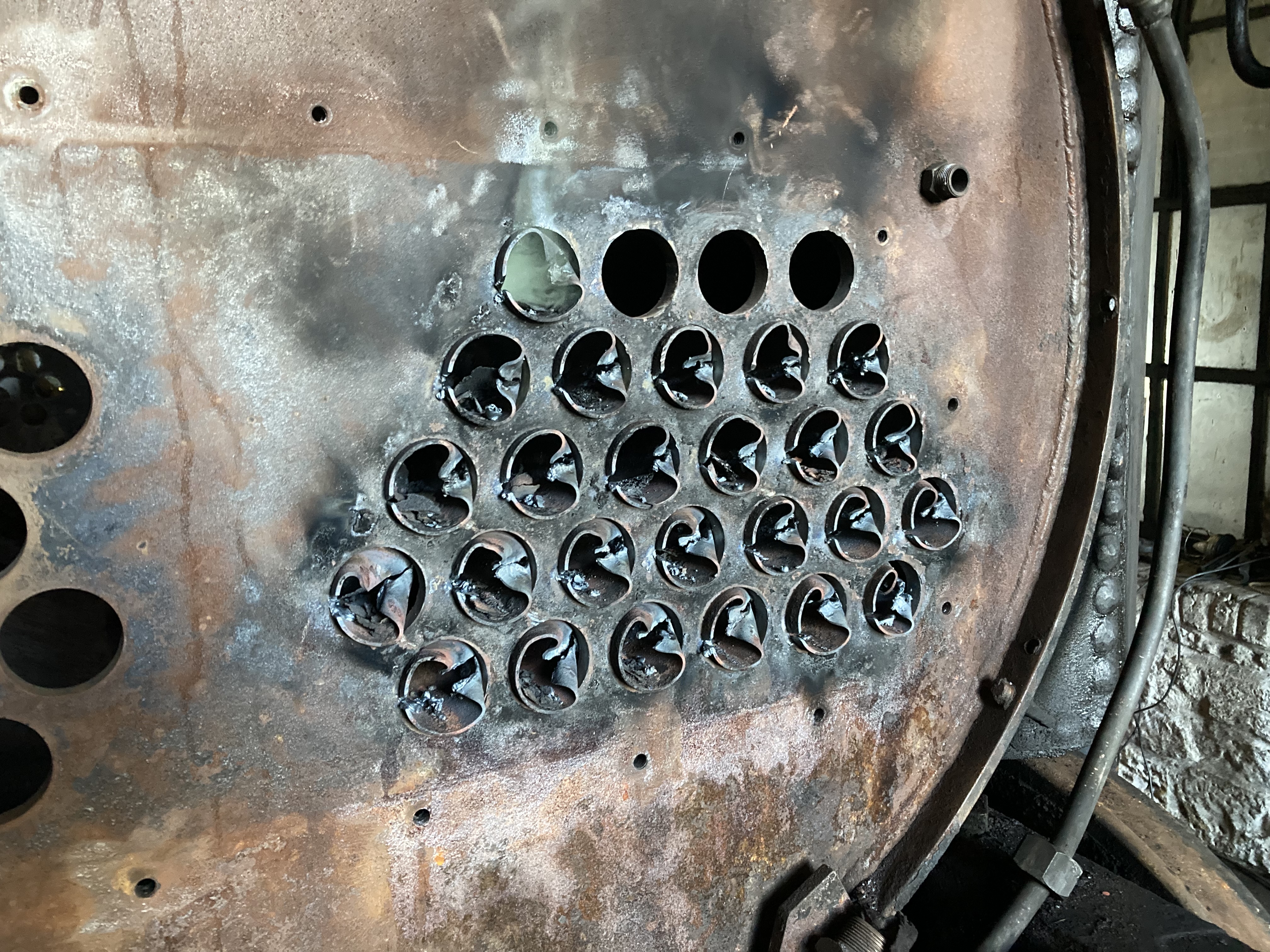
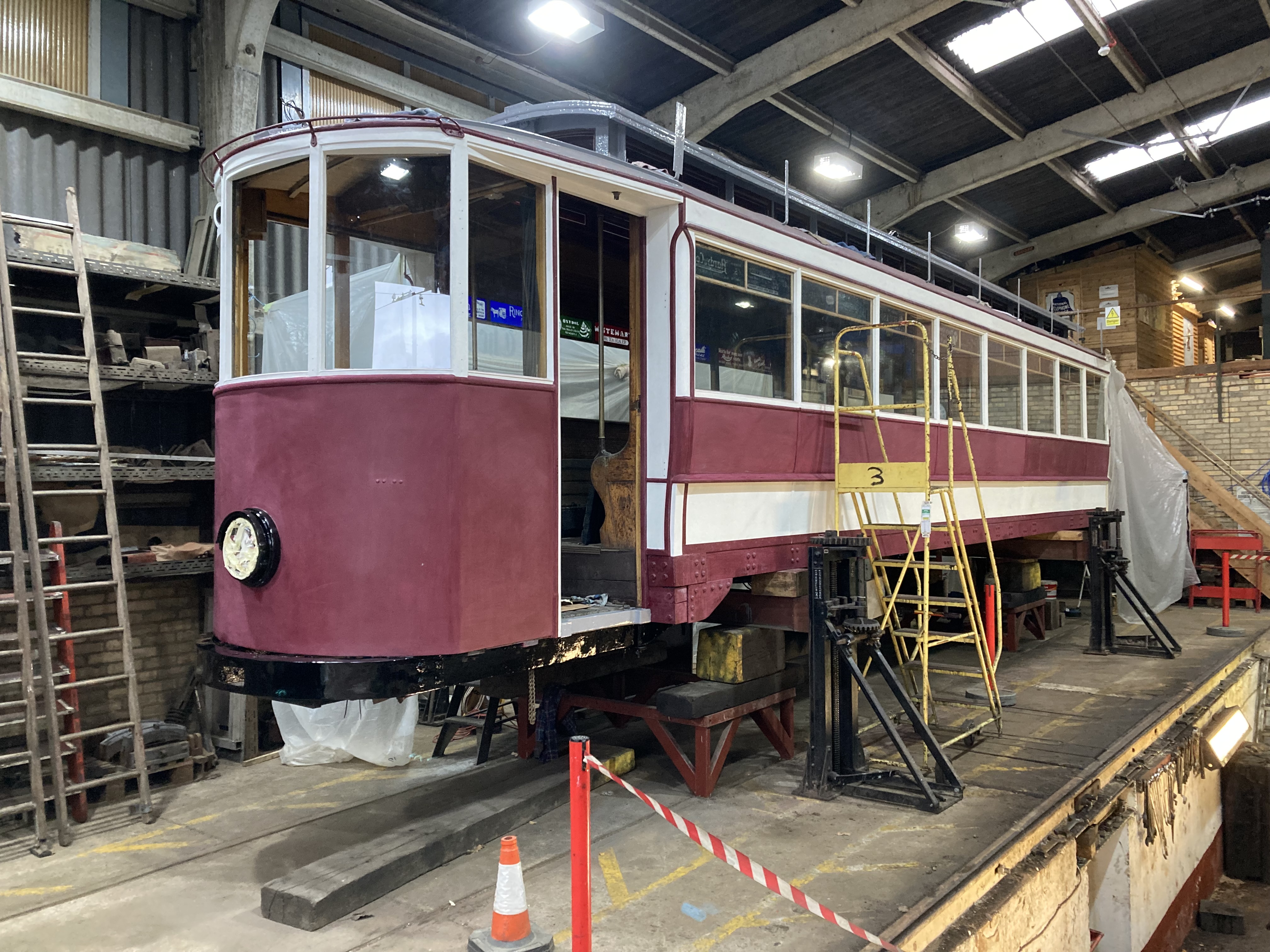

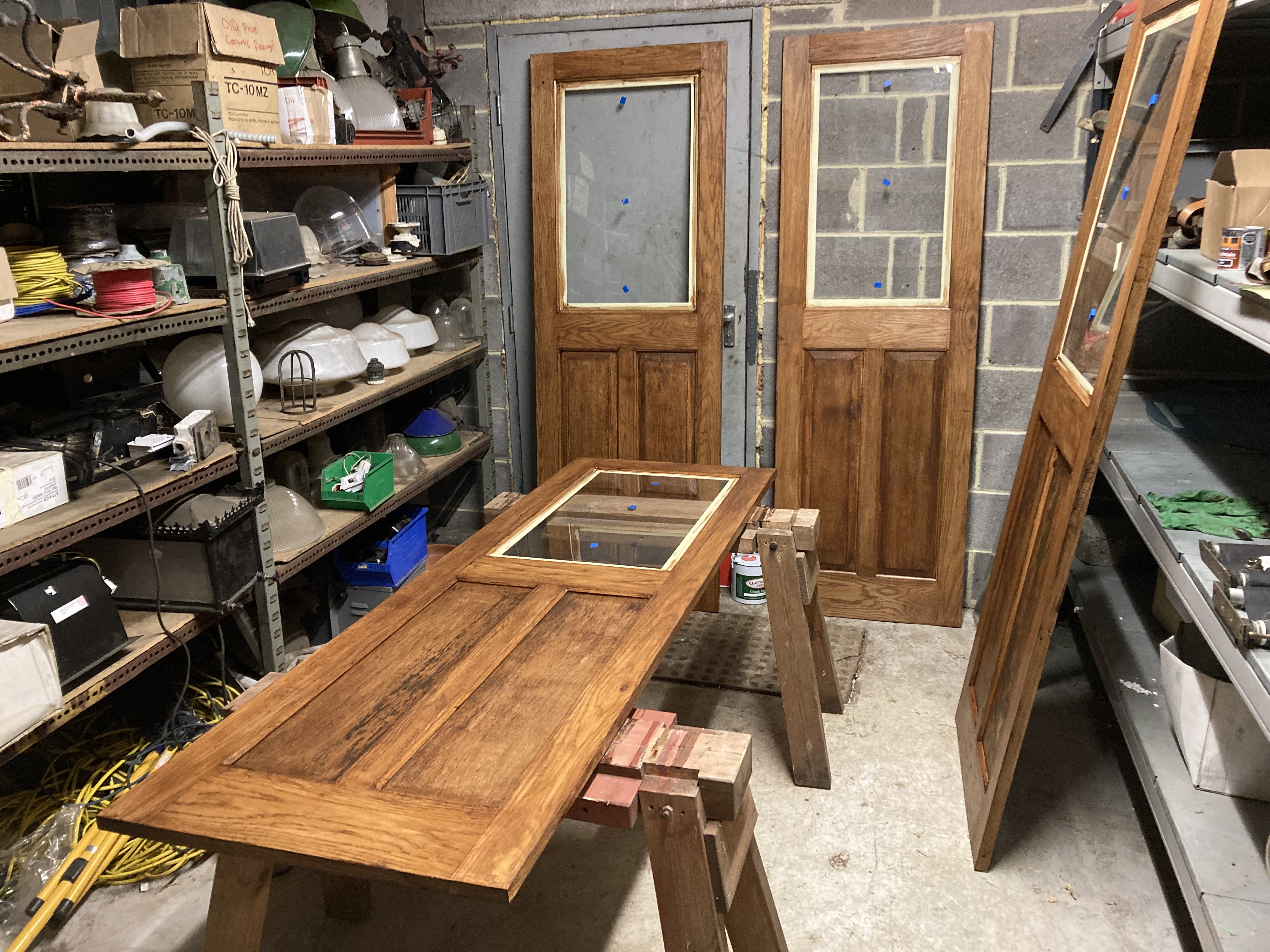
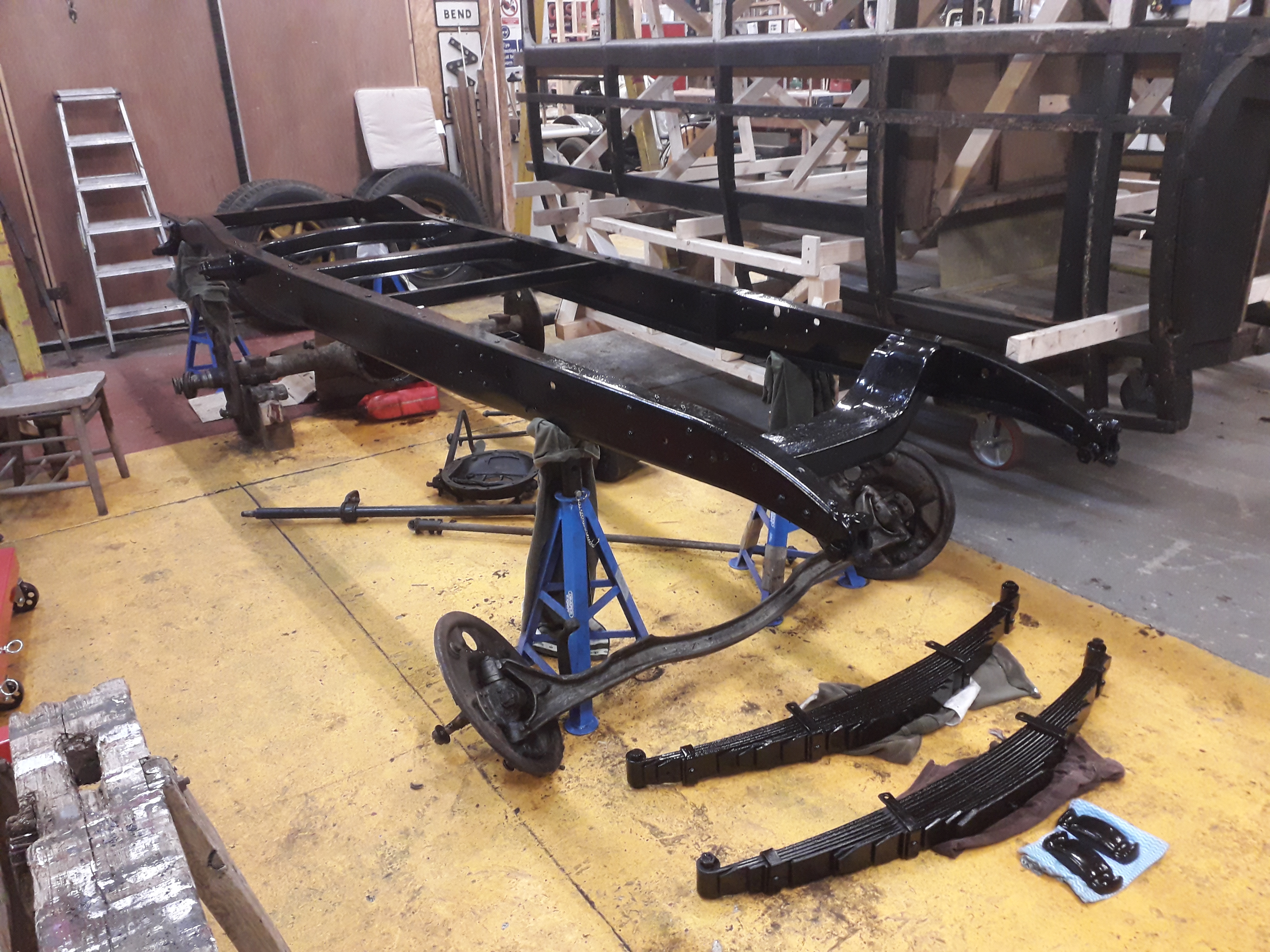



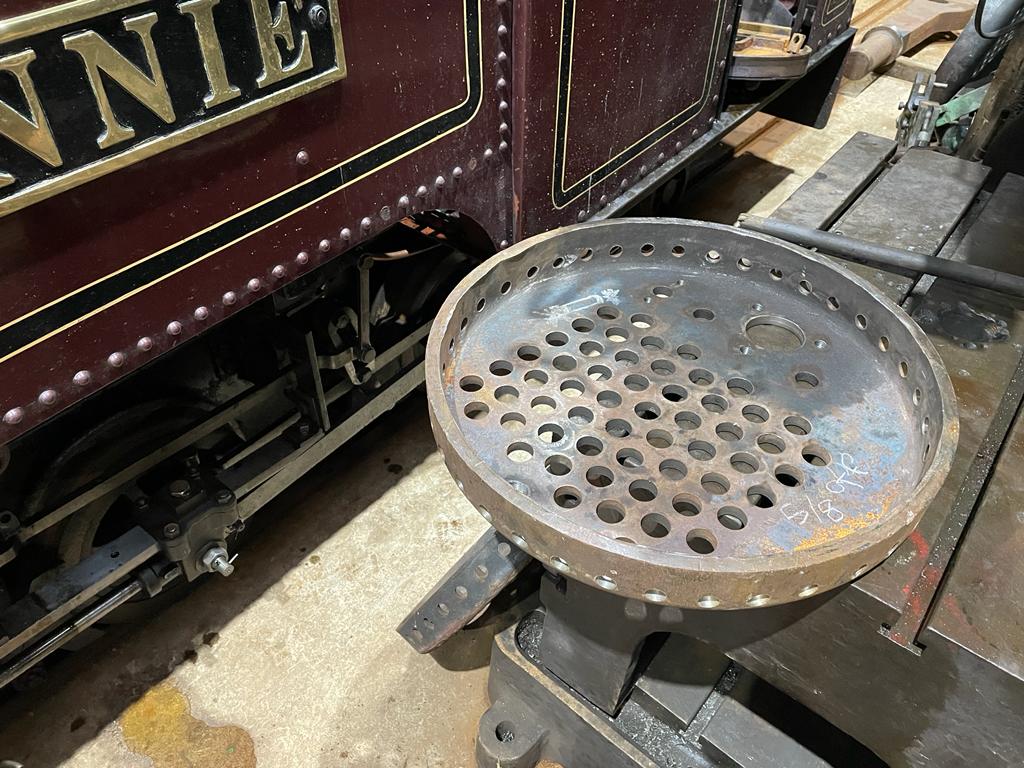

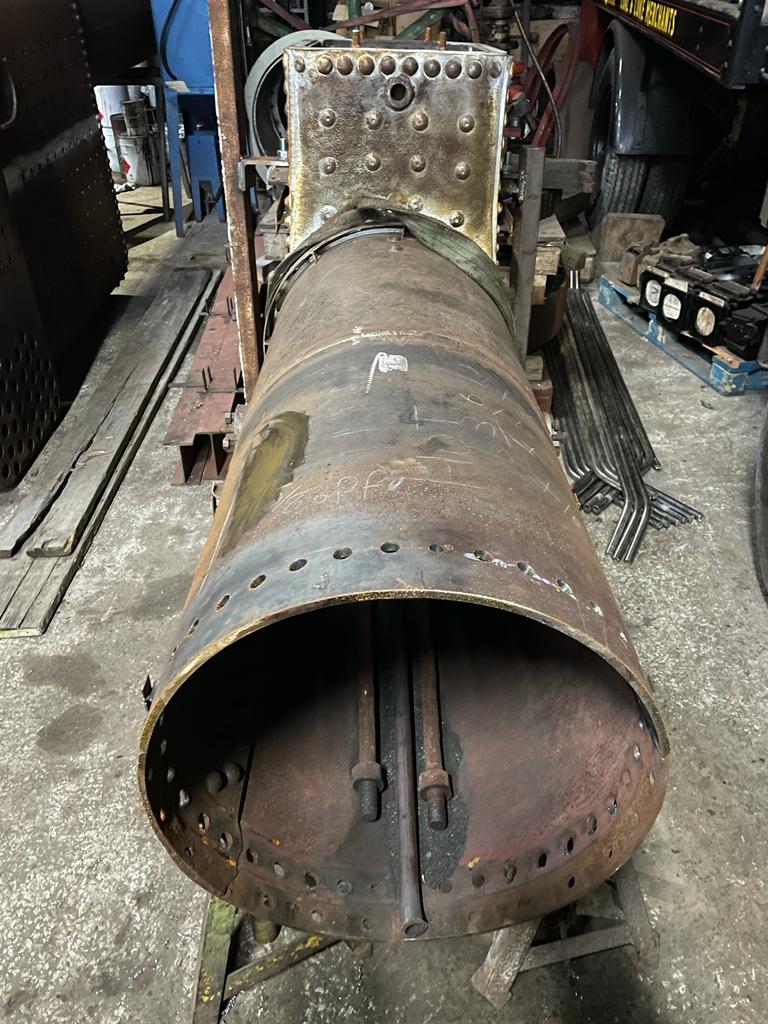
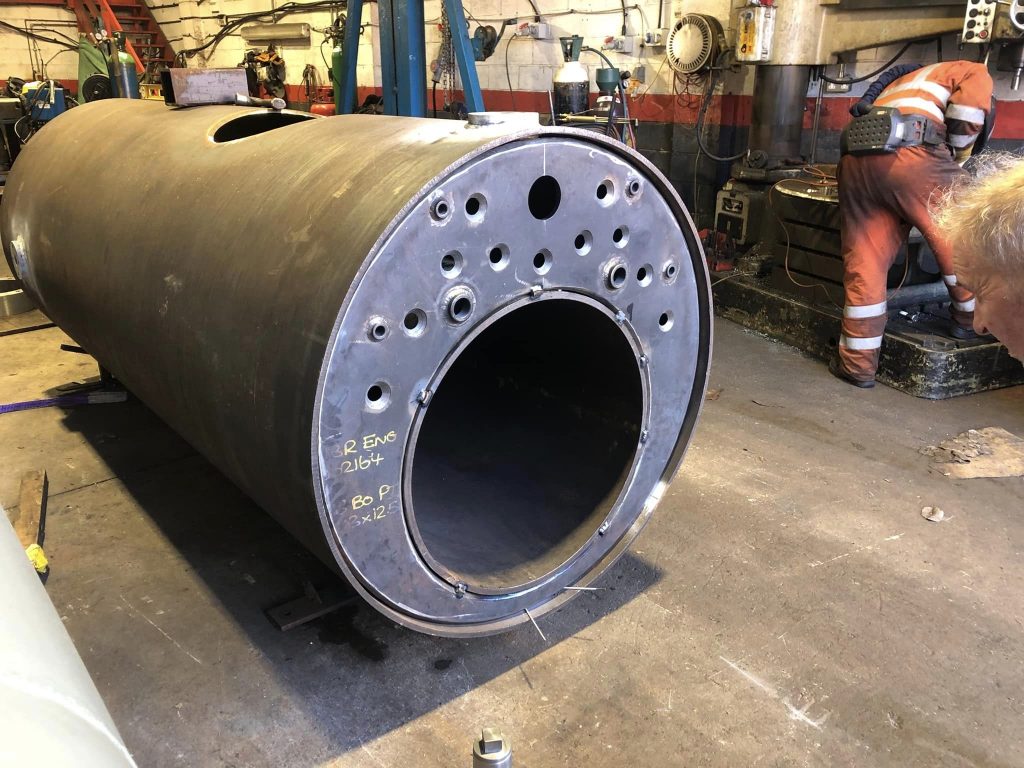
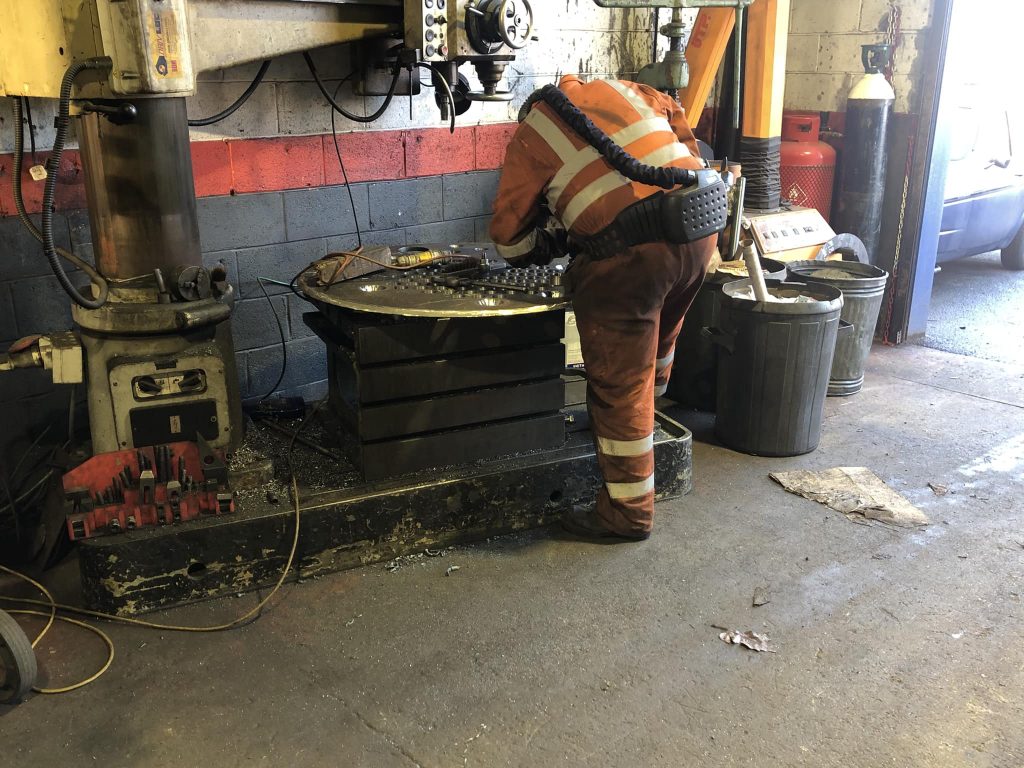






As ever, an informative bulletin. Thanks!
Sounds like Very exciting news for the coming years to come with dunrobin and NER Y8 and events which sounds like there will be more transport and with steam which sounds like more steam operations will be being advertised on the beamish museum website sounds interesting thank you and very well presented also well done for all the hard work.